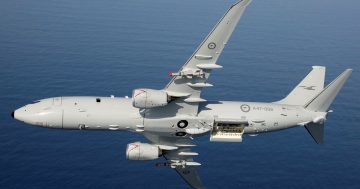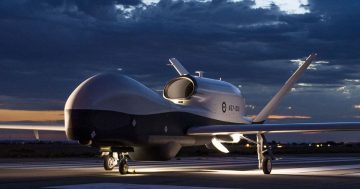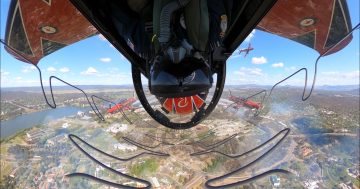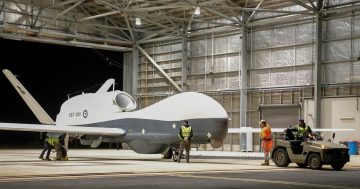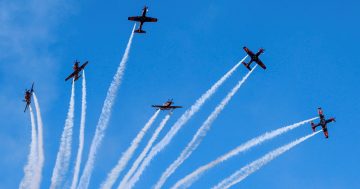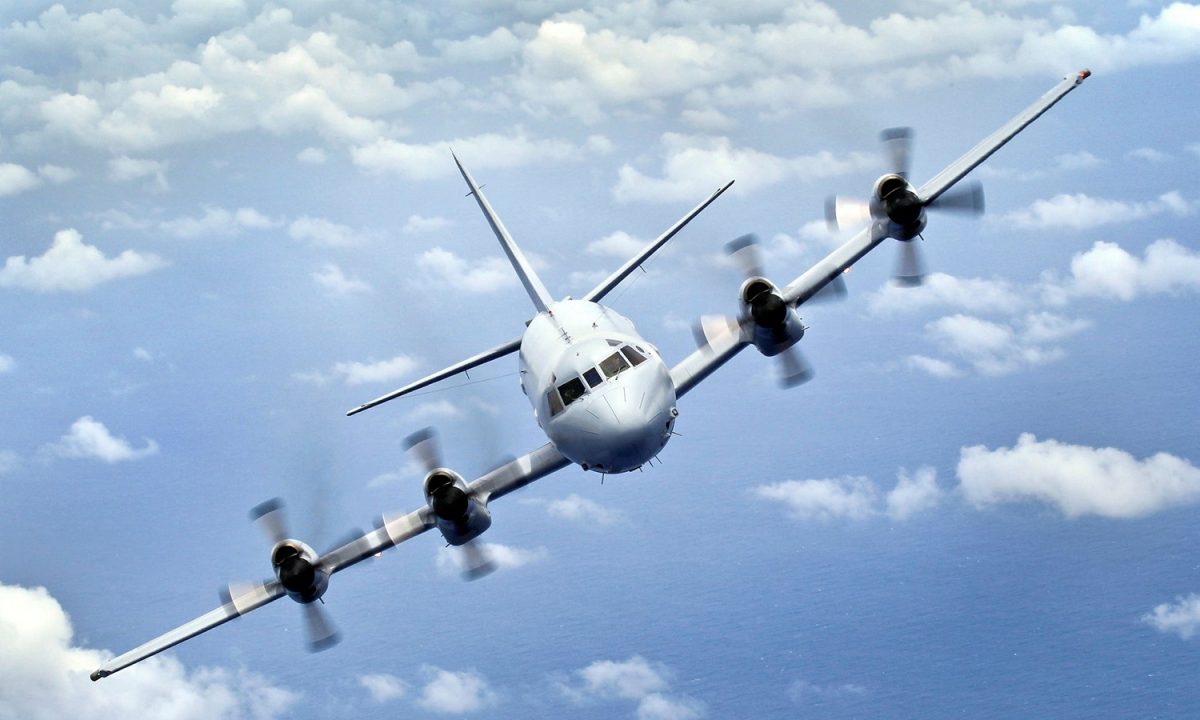
For more than 50 years, the AP-3C Orion has been the RAAF’s frontline maritime patrol and response capability. Photo: ADF.
One of the longest-serving and arguably most flexible aircraft in the Royal Australian Air Force has been quietly retired with little fanfare.
The final flights of the last two Lockheed AP-3C Orion aircraft – the ‘Mighty Hunter’ in Greek mythology – were on Tuesday (5 December). Both aircraft made commemorative flights along the South Australian and Victorian coastlines from their home base of RAAF Edinburgh in Adelaide.
The two aircraft – A9-657 callsign Striker 10, and A9-660 callsign Striker 55 – departed Edinburgh just after 11 am local time. Striker 10 flew west and then returned to Edinburgh via a low-level coastal run from Streaky Bay to the beachside suburbs of Adelaide, while Striker 55 flew east and returned low along Victoria’s coastline from Torquay.
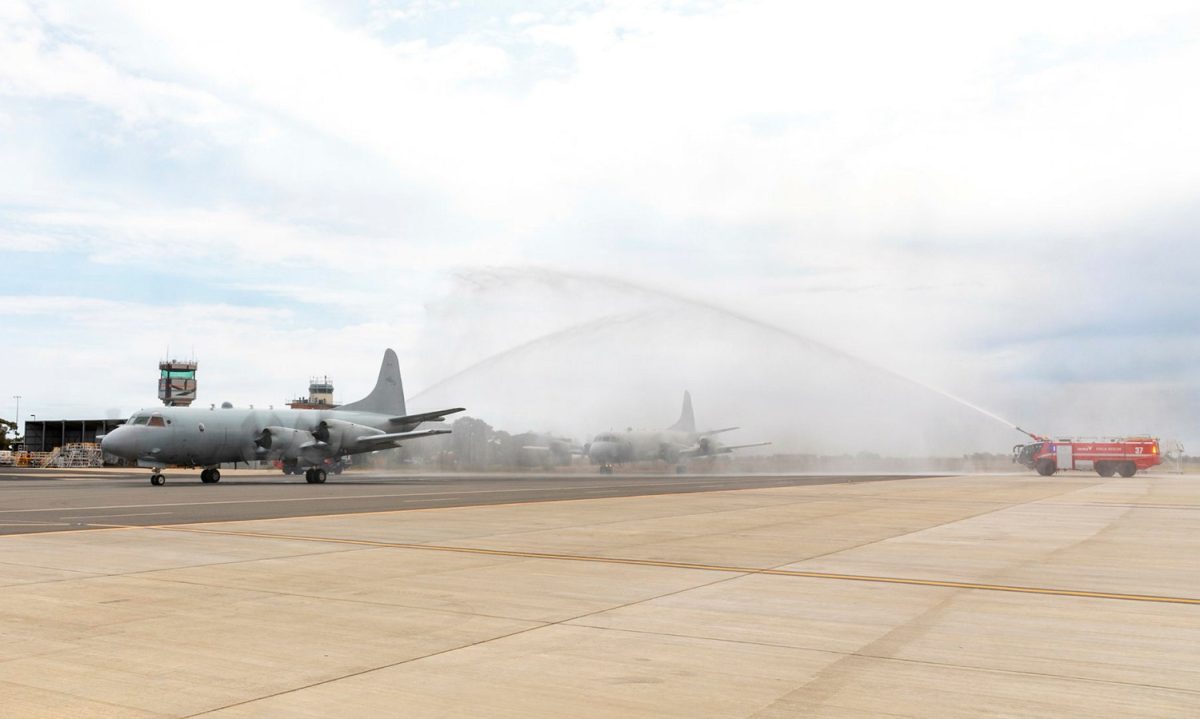
The two AP-3C(EW) Orions taxi through a fire tender salute at RAAF Edinburgh after landing for the last time. Photo: ADF.
Both aircraft met an RAAF PC-21 camera ship for commemorative photos over Adelaide and a couple of flypasts over Edinburgh before landing. They then taxied back to the ramp through a water cannon salute from two of the base’s fire tenders.
The RAAF has had a long affinity with the Orion, ordering a total of 30 aircraft in three main batches for the maritime patrol role, plus a small batch of former US Navy aircraft that were used for a short period as trainers and subsequently for spare parts.
The original 10-strong P-3B fleet entered service with No. 11 Squadron in 1968, although one aircraft crashed and was destroyed during trials in the US and was never delivered to Australia. A second batch of 10 more advanced P-3C Orions was delivered to 10 Squadron in 1978.
In 1984-85, a third batch of 10 P-3Cs entered service with 11 Squadron to replace the original P-3Bs, most of which were sold to New Zealand and Portugal.
The P-3 was a converted Lockheed Electra airliner and was known for its rugged airframe, high reserves of power and robust handling at low levels. Originally designed for the anti-submarine mission and fitted with acoustic and magnetic anomaly sensors, torpedos and depth charges, the aircraft later took on an anti-surface role using the AGM-84 Harpoon anti-ship missile.
In the 1990s, the RAAF converted 17 of its 19 remaining P-3Cs – one was lost in a crash at Cocos Island in 1991 – to the much more advanced AP-3C configuration under Project Sentinel. The upgrade included more advanced sensors, communications, navigation displays and console displays for the sensors.
Meanwhile, the other two aircraft were quietly modified to an electronic and signals intelligence (ELINT/SIGINT) configuration under the then-secret Project Peacemate.
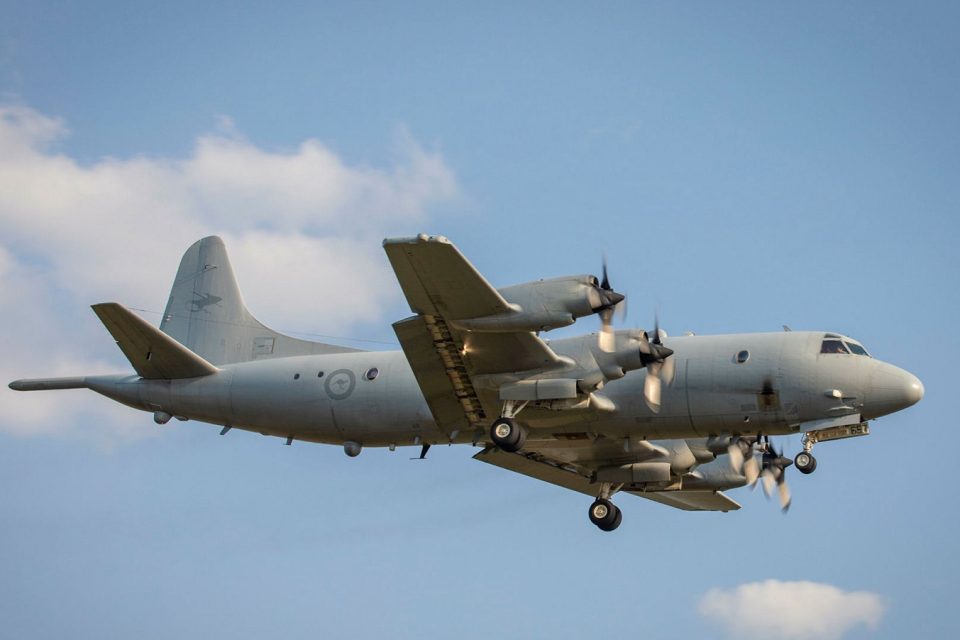
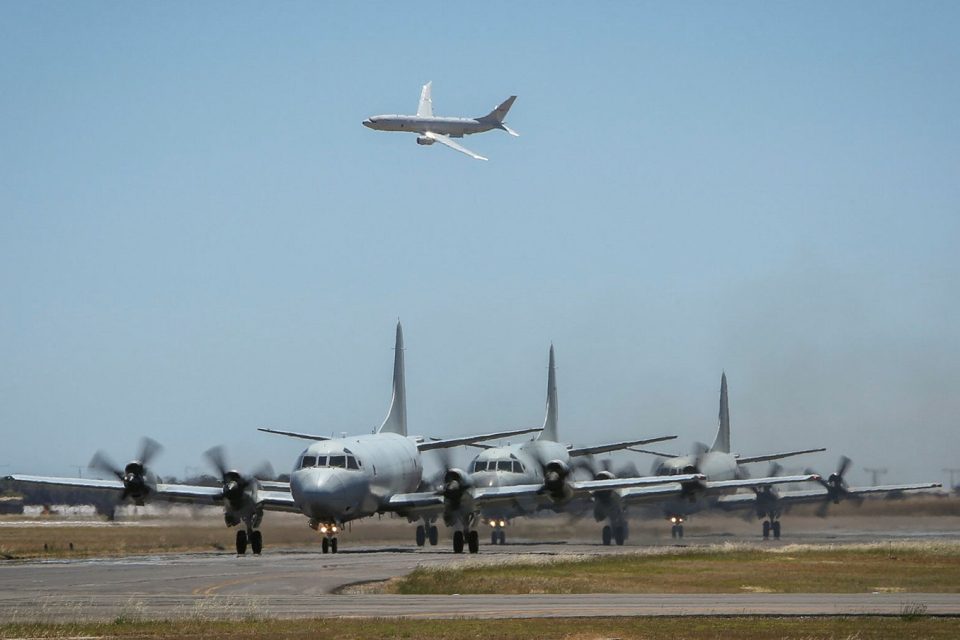
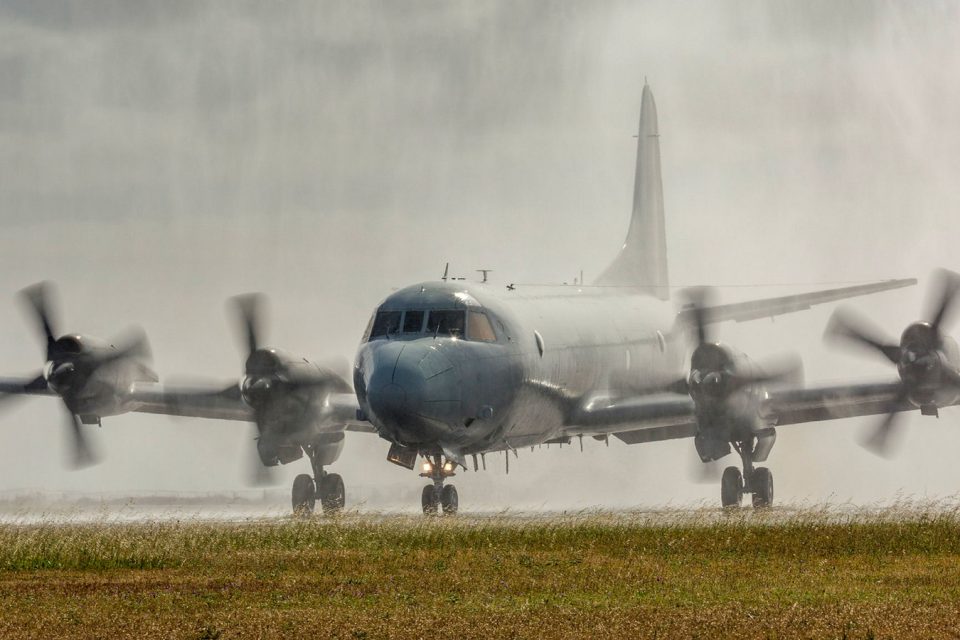
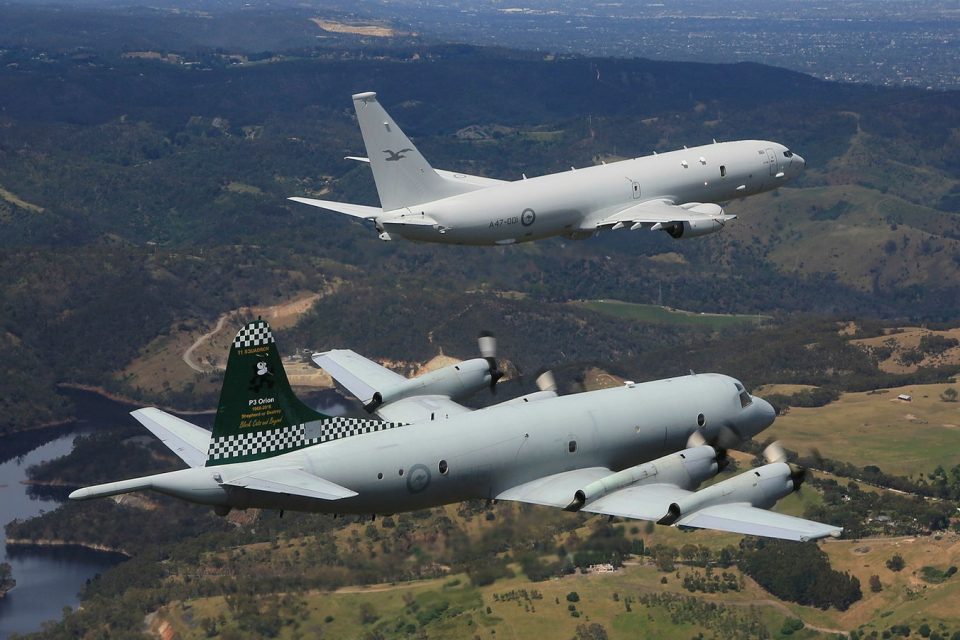
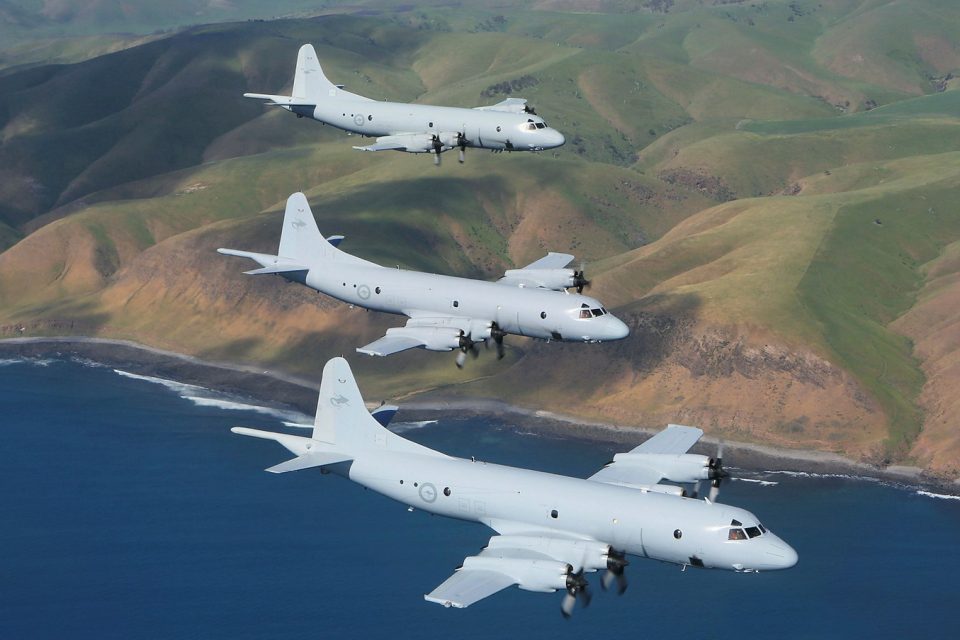
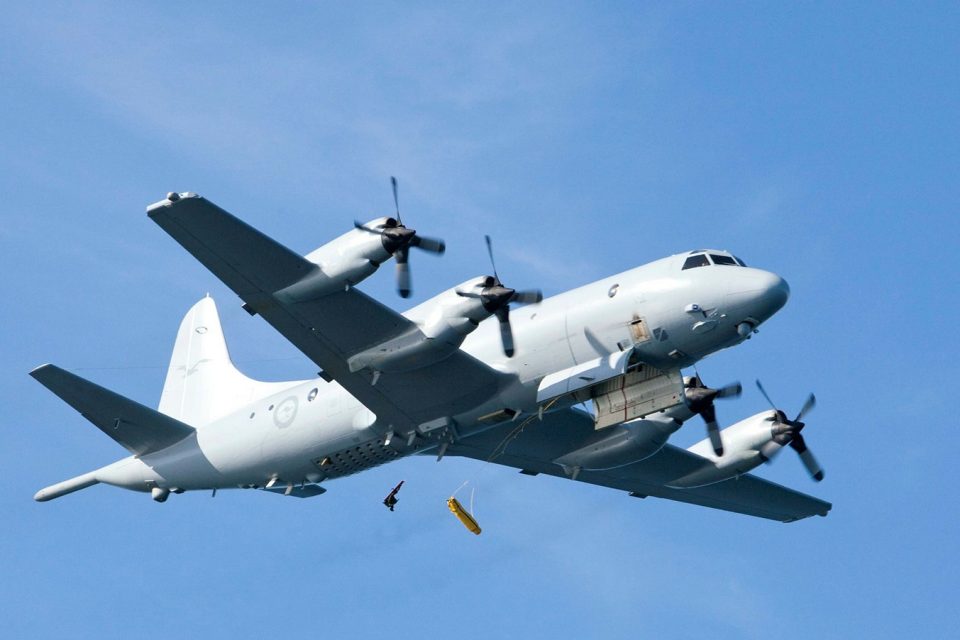

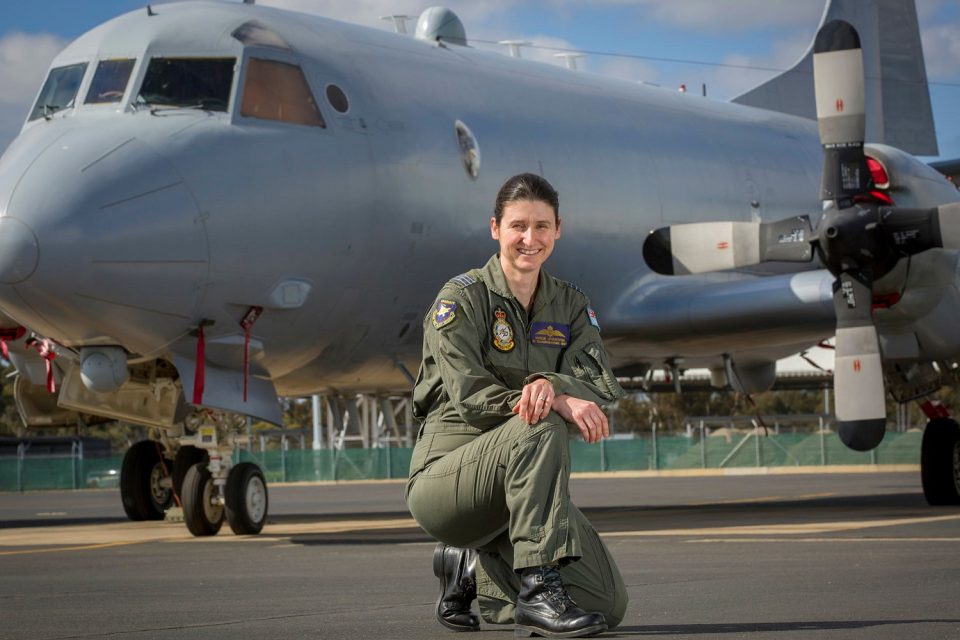
For nearly 60 years, the Orion has served with a large number of air forces and navies, including those of the US, Japan, South Korea, Taiwan, New Zealand, Thailand, Pakistan, Germany, the Netherlands, Portugal, Spain, Norway, Greece, Iran, Canada, Chile, Argentina and Brazil.
Several US Navy programs to replace its P-3s were started and subsequently cancelled as the P-3 was upgraded and refurbished, until in 2004 it selected the Boeing P-8A Poseidon – a modified version of the 737-800/900 airliner – under the Multi-mission Maritime Aircraft (MMA) program. The RAAF subsequently joined the MMA program as a cooperative development partner and, since 2016, has taken delivery of 14 P-8As to serve with 11 Squadron.
As the P-8As entered RAAF service, the AP-3Cs began to be phased out. By 2018, only the two ELINT/SIGINT aircraft remained, although one former RAAF AP-3C has been retained in a flying condition by Shellharbour’s Historical Aircraft Restoration Society (HARS).
At this time, the RAAF had little choice but to acknowledge the existence of these aircraft and their AP-3C(EW) designation, although keen spotters had already noticed the physical differences between the two sub-types.
The EW aircraft operated extensively over Afghanistan and other areas of the Middle East during the 2000s and 2010s, and more recently over the southern Philippines and South China Sea regions, using their advanced sensors to monitor and process radio and other communications of ISIS terrorists and China’s PLA-Navy, respectively.
It’s a wonderful legacy to the AP-3C’s RAAF service that it will actually take three new aircraft types to replace the missions it has performed over the past 55 years – the P-8A Poseidon, the high-flying MQ-4C Triton uncrewed maritime reconnaissance system which first flew in November, and the MC-55A Peregrine ELINT/SIGINT aircraft which is due to enter service next year.
It’s a tribute to the aircraft and the people who flew and maintained it that 10 Squadron was awarded the Duke of Gloucester Cup as the RAAF’s most proficient flying unit in 2020. This is a remarkable feat, considering there were only two aircraft, which were nearly 40 years old, and it was achieved during the peak of the COVID pandemic.
Of the award, 10 Squadron’s outgoing Commanding Officer and US Air Force Test Pilot School graduate Wing Commander Marija Jovanovich said at the time, “10 Squadron is proud to fly and achieve outstanding outcomes on the oldest currently serving operational aircraft in the RAAF inventory”.
“The P-3 community is a passionate community and it has been the greatest privilege of my career to fly the aircraft, command the final P-3 squadron, and play a small role in its long and distinguished operational history.”
Original Article published by Andrew McLaughlin on PS News.












